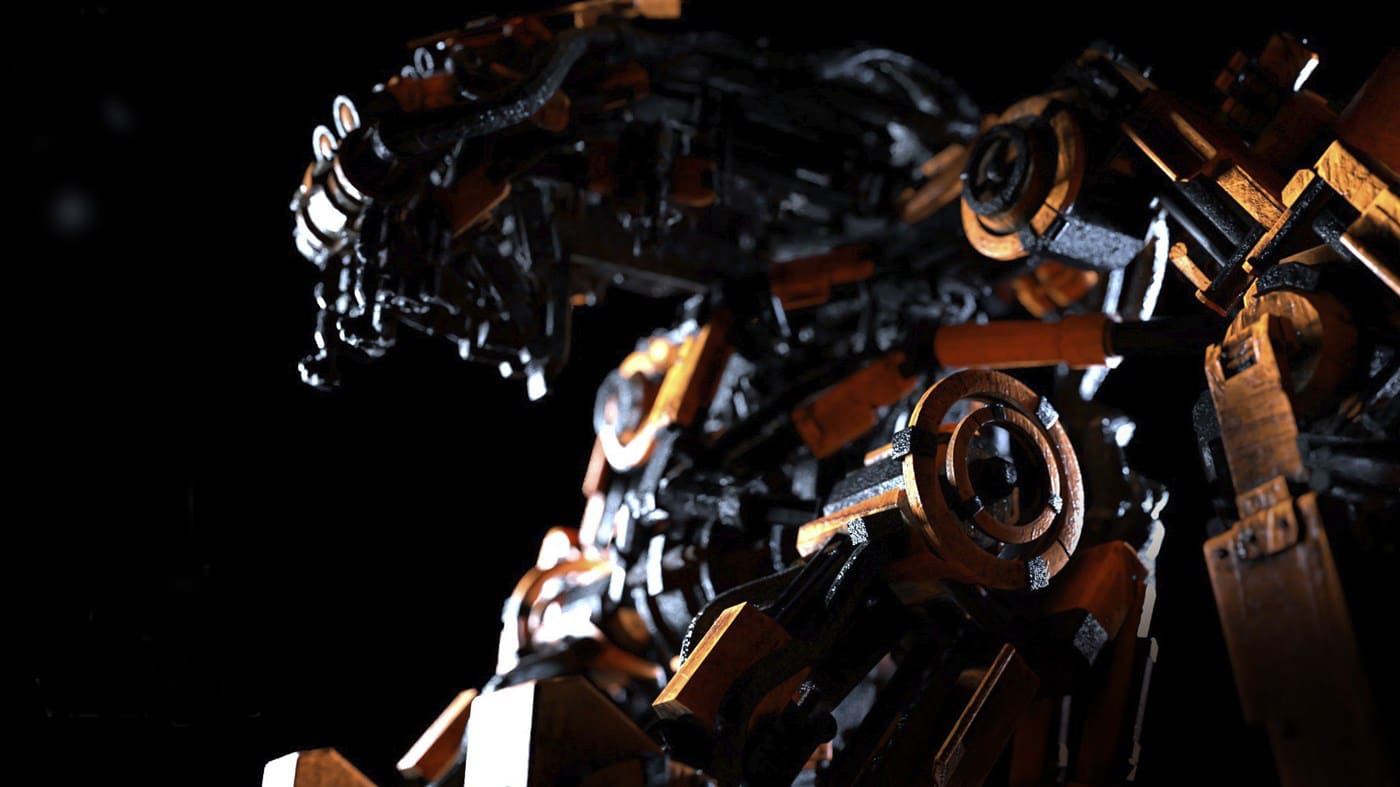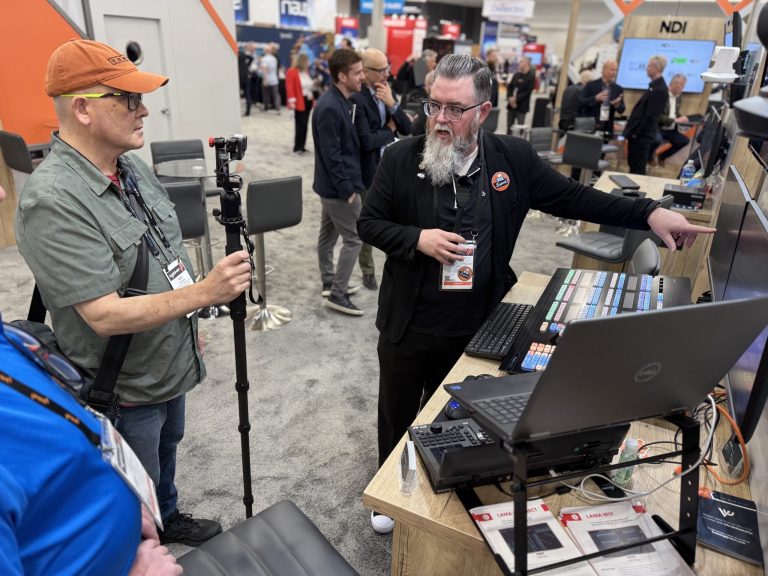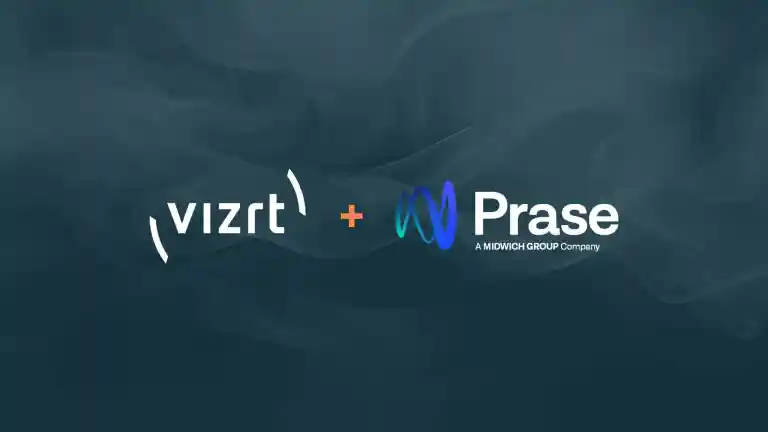Vomp, Austria, 5th May 2020—Vizrt, the world’s leading provider of software-defined visual storytelling (#SDVS) tools for media content creators, today announced Viz Engine 4.1, a major update to the world’s premiere real-time graphics and video compositing platform. Leading one of the most significant advancements in graphics technology in years, Viz Engine 4.1 introduces multiple render blades, including support for game engines that allow media producers to choose which blade to use for any given job and mix and match them in the same environment.
“Perfecting real-time graphics is incredibly complicated whether working with augmented reality, virtual sets, or on-screen graphics,” says Gerhard Lang, Chief Technology Officer at Vizrt. “It comes down to employing rendering technology like a scalpel rather than a mallet. Using the right Viz Engine 4.1 render blade for any given task while mixing and matching graphical elements on their existing Vizrt platform allows our customers to achieve world class results.”
Viz Engine 4.1 render blades
New in Viz Engine 4.1 is the gaming engine render blade with its first integration – Unreal Engine 4. This breakthrough development supports multiple inputs, improves performance, and runs simultaneously with classic and Viz Engine Render blades in Viz Engine to bring the latest gaming graphics technology seamlessly and quickly into functional broadcast workflows.
The classic Viz Engine render blade offers the best-in-class workflow and ecosystem of any renderer, anywhere. 600+ plugins and an incredibly rich feature set allows it to be integrated and employed in any kind of broadcast workflow imaginable.
The Viz Engine Render blade introduced in Viz Engine 4.0 runs in parallel with the classic Viz Engine render blade and supports ‘physically based rendering’ (PBR) plus a wide variety of photorealistic capabilities. This provides a further layer of engagement and realism, particularly to virtual sets and augmented reality graphic elements.
Updated Precision Keyer – next level keying
The updated Precision Keyer in Viz Engine 4.1 now fully supports HDR. The advanced multi-matte Precision Keyer, upgraded with 16-bit color difference, delivers accurate keying even in the most challenging environments. Media producers can precisely immerse their presenter into a virtual environment, giving a clean, unobtrusive key with ultra-realistic results. The updated Precision Keyer also offers enhanced denoising and detail preservation, edge compensation, preservation of fine details including hair and transparent objects and full color adjustment using lift, gamma and gain. Simply put, it is an extremely accurate keyer delivering very sharp results, all in a fully customizable environment – for a perfect composited output result.
I/O freedom
The new video I/O system in Viz Engine 4.1 delivers parallel processing of color conversion, de-interlacing, and chroma keying on input streams, giving render blades more time to compute advanced effects for improved performance. Dynamic channels functionality enables mixing of different inputs including ST 2110, NDI®, and SDI in the same workflow. This delivers complete flexibility in usage of inputs and allows users to manage their resource usage much more accurately. Further enhancements in Viz Engine 4.1 make it is easier than ever to use NDI signals in scenes.
Viz Artist 4.1
Viz Artist, a powerful motion graphics design tool, has been enhanced with a range of features to fully support designing for the groundbreaking graphics capabilities of Viz Engine 4.1 and deliver truly immersive and engaging viewer experiences.
Viz Artist 4.1 puts even more photorealism into virtual sets and augmented reality scenes through the quick addition of post-processing effects. Furthermore, a shader development environment enables material and object shader creation along with adding post effects quickly to scenes. The Viz Engine Shader plug-in, render graph editor, and shader development environment assist in creating photo-realistic effects or backdrops on videowalls and displays instead of utilizing UHD clips, by modifying pixel and vertex data. Finally, improvements to the substance shader plug-in offers added realism to scenes by allowing designers to use substances to generate textures.




















